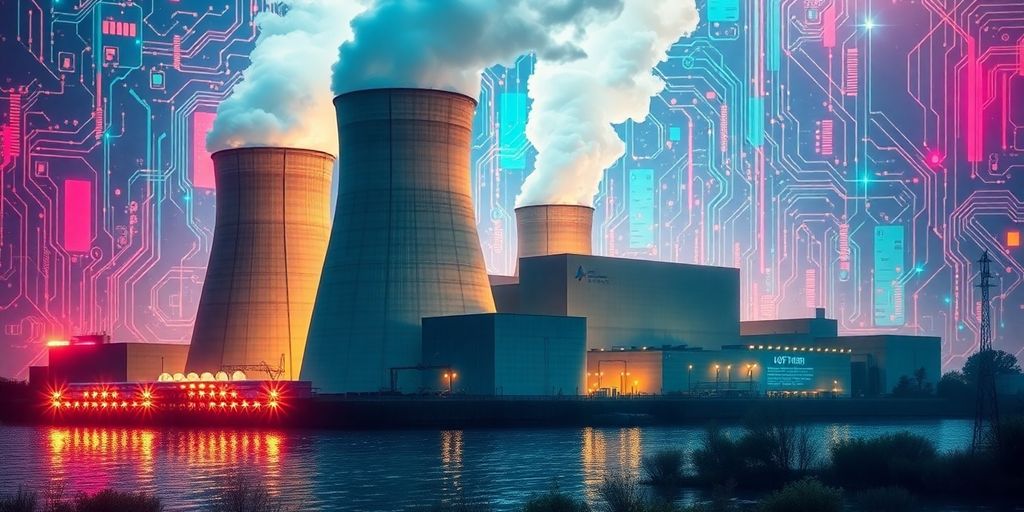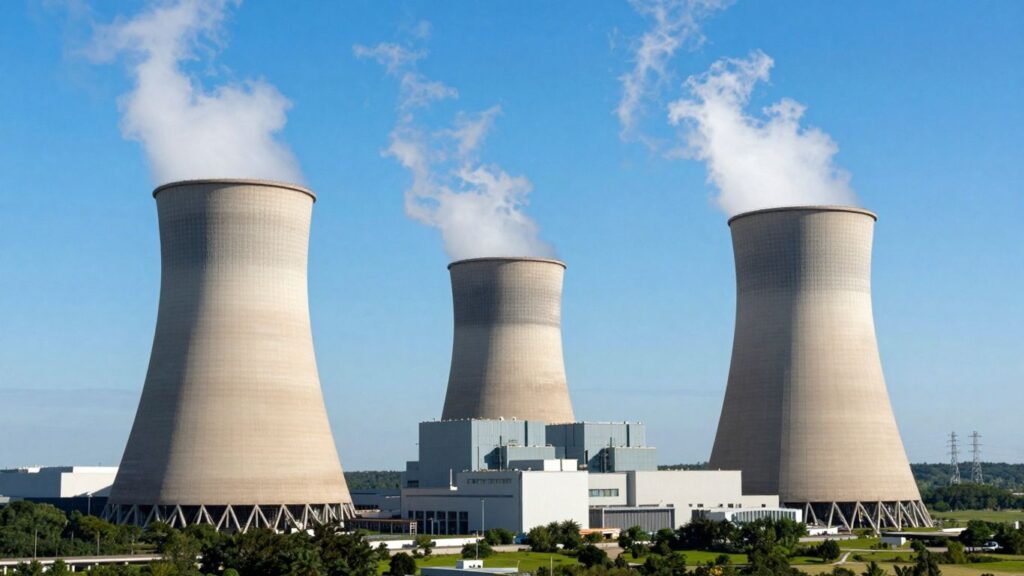U.S. Nuclear Energy Sector Gets a Boost Amidst AI Demand
President Donald Trump has signed four executive orders aimed at bolstering the U.S. nuclear energy sector. This move comes as the nation grapples with an escalating energy demand, largely driven by the rapid growth of artificial intelligence (AI) and its associated hyperscale data centers. While these initiatives signal a positive outlook for nuclear power, a significant challenge remains: ensuring the U.S. uranium supply can meet the projected quadrupling of nuclear energy capacity over the next 25 years.
Key Takeaways
- President Trump’s executive orders are designed to invigorate the U.S. nuclear energy sector.
- The surge in AI and large-scale data centers is a primary driver of increased demand for reliable, baseload energy.
- A critical concern is the U.S.’s ability to domestically source enough uranium to support ambitious nuclear expansion plans.
The AI Energy Crunch
The insatiable appetite for energy from AI and the burgeoning data center industry is creating an unprecedented demand for reliable, baseload power. Hyperscalers, along with other industrial users like manufacturers, are increasingly looking to nuclear energy as a stable and consistent power source. This trend is putting immense pressure on existing energy infrastructure and highlighting the need for expansion.
Uranium Supply Concerns
While the push for nuclear energy is seen as a positive development for the sector, the availability of uranium, the essential fuel, presents a significant hurdle. Experts suggest that the U.S. faces a considerable challenge in scaling up its uranium production to meet the projected demand. This potential supply gap could impede the nation’s ability to achieve its goals for expanding nuclear power capacity.
Nuclear Energy’s Role in the Future
Nuclear power offers a compelling solution for providing the consistent, carbon-free energy required by modern industries. The recent executive orders underscore a national commitment to leveraging nuclear energy’s potential. However, the success of these initiatives hinges on addressing the critical upstream challenge of securing a robust and sufficient domestic uranium supply chain.












